Eating Fat, Lifting Cows, and Preventing Seizures — An Intro to the Ketogenic Diet(with Dom D’Agostino)
We’re about to dive into the world of ketosis with Dominic D’Agostino. But, to get there, we must first rewind the clock and start where Dom began.
There’s a problem. We’re asked to solve it.
Navy SEALs divers are getting uncontrollable seizures from oxygen toxicity during their dives. How can we prevent this?
We scour the research. Eventually, we find an interesting study. Fasting is an effective treatment for seizures. In fact, it may be the MOST effective treatment for seizures.
But fasting is only a short-term solution. We need something more sustainable. We read about the Ketogenic Diet. It mimics the effects of fasting without the undesired downside of starvation. Hmm…
Enter The Ketogenic Diet
Before us sits this Keto chest. In it lies the promise to prevent seizures.
We walk to it, slowly reach for it’s handle, and pull open it’s top.
We find more than we expected.
Weird-sounding words.
Articles with conflicting statements.
Studies that only Harvard-graduated PhDs could understand.
Articles with conflicting statements.
Studies that only Harvard-graduated PhDs could understand.
Most people would quit here. It’s just too much — too much jargon. Too much complicated science. Too much of an unfinished puzzle.
There are other pressing matters to attend to.
But we carry on.
As we organize all the things that came flying out of the chest, we realize that our search for seizure prevention has opened a door to something with much broader implications.
Something bigger even than cat pictures.
We learn that the Ketogenic Diet is best known as an effective treatment for epilepsy, but early research shows data that supports further investigation in all these other areas as well:
Cancer
Alzheimer’s
Parkinson’s
Diabetes
Brain Injury
Metabolic Syndrome
Hypoxia
Migraines
Wound Healing
Endurance
Brain Resilience
Hunger Cravings
Sleep Quality
Weight Loss
Athletic Performance
Alzheimer’s
Parkinson’s
Diabetes
Brain Injury
Metabolic Syndrome
Hypoxia
Migraines
Wound Healing
Endurance
Brain Resilience
Hunger Cravings
Sleep Quality
Weight Loss
Athletic Performance
We see that athletes are beginning to use it. DARPA and the Department of Defense are interested in how it enhances performance in extreme environments. NASA is exploring it as a promising diet for astronauts going into space.
This is certainly intriguing, and we’re not the only ones to think so.
General interest in the Ketogenic Diet is growing.
We’re now ready to wade into deeper waters of the Keto world. We have lots of questions. We need a guide.
We’re fortunate to have one of the best.
Enter Dom
Dominic D’Agostino has a slight resemblance to Clark Kent. His somewhat nerdy persona seems likely a front for the superhero qualities hidden just beneath the surface.
I mean, the guy broke the world record for most weight squatted in a 24 hour period. This video shows him at 175,500 lbs after only 5 hours and 56 minutes. That’s the equivalent of squatting 2 semi-trucks.
He has also fasted for 7 days and then deadlifted 500 lbs. Imagine eating nothing for a week and then attempting to deadlift a small cow.
Those both seem very superhero-y to me … just sayin’.
When not lifting heavy things, he’s working to organize (and add to) the contents of the Keto chest.
His department at the University of South Florida studies all things Keto. He’s also doing research for the Institute For Human and Machine Cognition. He’s helping the Navy Seals, DoD, NASA, and others study the effects of ketosis for specific scenarios. He’s developing new Keto supplements and Keto products to make the Ketogenic Diet easier to follow. He’s even helping write a book on the Ketogenic Diet.
He’s the best person to be our guide today.
Note: What follows are my loose notes from our Chicago Biohacking Meetup with Dom. Any inaccuracies, bad drawings, and general weirdness is my doing. The full video of the event is at the bottom of this post.
Keto Basics
Alright, what exactly is this Ketogenic diet?A high-fat, very-low-carb diet.
In other words, pretend you get to eat 20 imaginary squares each day.
Mmm… yummy!
Here’s what those squares would look like in your standard diet vs the ketogenic diet.
Standard Diet (lots of carbs)
Ketogenic Diet (LOTS of fat!)
Why so much fat and so little carb?Your body, including your brain, has two main fuel sources: glucose (which come from carbs and sugars) and ketones (which come from fat).
Therefore, your body can be in one of two states:
- Glucose-burning
- Fat-burning (also called ketosis)
You’re probably in glucose-burning mode right now.
Your body can only store a small amount of glucose in your blood and it’s quickly depleted as you burn it for energy.
Every few hours, you feel like this:
Our cultural norm is to eat 3 meals a day with plenty of carbs. That replenishes our glucose.
But think about Dom and his 7-day fast. He didn’t get more glucose and yet his brain didn’t shut off. Something still fueled it. And something still fueled his muscles so he could lift that cow.
That something was fat. Fat is your body’s largest energy source. If glucose is a swimming pool of energy, fat is Lake Michigan.
So it turns out we have a second option:
When Dom fasted, he went into option #2: fat-burning mode.
Fasting switches you from glucose-burning to fat-burning. When you follow a Ketogenic Diet and eat so little carb and so much fat, your body goes through this same transition.
How quickly can I switch from glucose-burning to fat-burning?
If you don’t eat for 24 hours, you’ll likely be in fat-burning mode.
If you don’t eat for 24 hours, you’ll likely be in fat-burning mode.
However, this does NOT mean your body is efficiently using those fats for energy.
There’s a difference between just being in fat-burning mode (ketosis) and being keto-adapted.
Being keto-adapted means your body is primed for fat-burning. It means you’re breaking down fat, transporting the ketones effectively to your brain and muscles, and efficiently converting those ketones into energy.
That doesn’t happen right away.
At first, since you’re glucose-adapted, this happens when you stop eating carbs:
There’s a period where you’re low on glucose but your body hasn’t kicked into fat-burning yet. This is the not-so-fun period.
Then your body switches into ketosis, but it’s a little underwhelming.
As your body stays in ketosis longer, it starts to become more keto-adapted.
It creates more fat-burning enzymes, increases the number of transporters that move ketone bodies to your organs, increases the number of mitochondria, and increases the efficiency of the mitochondria to make energy.
As you become more keto-adapted, the graph starts looking like this:
Different people say it takes anywhere from 2 weeks to 8 months to become fully keto-adapted. Dom says 3–6 months.
I know that sounds like FOREVER, but once you reach it, this happens:
By all accounts, that’s a pretty nice place to be.
How do I get started with ketosis?You have a couple options:
- Follow the Ketogenic Diet (5% carb, 25% protein, 70% fat).
- Start intermittent fasting.
- Use a ketone supplement.
What are ketone supplements?
They are a short-term biohack to get you into a state of ketosis. Rather than fasting or using the Ketogenic Diet to get your body to break down fats into ketones, ketone supplements just put ketones directly into your body.
They are a short-term biohack to get you into a state of ketosis. Rather than fasting or using the Ketogenic Diet to get your body to break down fats into ketones, ketone supplements just put ketones directly into your body.
The benefit is that you can experience ketosis almost immediately.
The downside is that the ketones aren’t coming from you. You’re not actually breaking down fat.
That said, people use ketone supplements to support their ketogenic diet (to get back on track after a not-so-low-carb weekend), to boost ketone levels for athletic and cognitive performance, and to experience some of the benefits of ketosis before committing to the diet.
Dom has been testing all the different ketone supplements on the market, but I don’t know his results. I’ve only used Pruvit’s KetoOS so far. KetoForce andKetoCana are two others.
Let’s go a little deeper
What’s the difference between the Classic and Modified Ketogenic Diet? The classic Ketogenic Diet is 90% fat, so even more blue squares than the picture above. The advantage to Classic Keto is that it gets you into ketosis faster. If you’re trying to manage a disease state, that’s a good thing. The disadvantage is that it’s really hard to eat 90% of your calories from fat, at least at first.
For that reason, Dom recommends the Modified Ketogenic Diet for most people.
But like all things, the diet exists on a scale.
What does Dom eat?Most of the time, he eats 2 meals a day. Only when he’s trying to put on more weight does he eat 3.
- Morning meal: Coffee, usually with ghee or MCT powder in it. About 2–3 times a week, this is all he will eat. This is his intermittent fast. He does this on his busiest days and the days when he needs to be his best. On other days, he’ll also eat eggs, sardines, oysters, and/or veggies.
- Evening Meal: Salad almost every night with a variety of veggies in it and extra virgin olive oil on top. Protein is usually fish. He often eats cauliflower mashed potatoes and avocados with sea salt as well.
- Late-night Keto snack: Dom enjoys a late-night Keto snack, usually Keto ice cream*. He uses 1/2 sour cream and 1/2 coconut cream as the base and then changes the flavors every night. Last night he did chocolate powder, blueberries, and a pinch of stevia.
*Note: Dom had a huge smile on his face as he talked about his Keto Ice Cream ;-)
Does Dom ever eat cheat foods?He’ll have popcorn at movies. He had pizza in Naples. His main version of cheating, though, is just eating more Keto foods.
I would guess, given his love for Keto Ice Cream, that he occasionally binges on some of that creamy, coconut-y, chocolatey, blueberry goodness.
How does Dom stay Keto while traveling?At restaurants, he swaps carbs for more veggies.
He eats a lot of salads with extra olive oil and butter on the side.
He almost always travels with sardines, macadamia nuts, and MCT powder in his bag.
Since the Ketogenic diet is more nutrient dense than a standard diet (fat has more calories for less weight than carbs and protein), Dom is able to bring more food with him when he travels.
When does Dom work out and how does he gain muscle?Dom works out in the afternoons, usually 8–12 hours into a fasted state. He consumes BCAA and a ketone supplement prior to the workout. After the workout, he’ll eat a large Keto meal.
To gain muscle, Dom recommends the modified Ketogenic Diet with 25–30% of your calories coming from protein.
He’s done a study on the Ketogenic Diet and strength and found that muscle mass does not deteriorate like people think it would.
What music does Dom listen to when he lifts truck-loads of weight?Hard stuff, like Metallica. When not working out, he listens to engineered music that can synchronize our biorhythms. He’s working on a study related to that too.
Keto and Me
Let’s talk about whether I could ever actually do this diet.Okay…
First and foremost — I can’t give up alcohol! How do I drink and stay in Ketosis?Dom gets this question often. And guess what … he still drinks! He’s currently drinking about a glass of wine a night from Dry Farm Wines.
How do you measure your macros?Use a Keto Calculator to identify your target macro goals. Here’s one.
Then use MyFitnessPal (or a similar app) to track your macros throughout the day.
Eventually, you’ll get a good sense of the macro breakdown for all the foods you generally eat. At that point you won’t need to measure anymore.
How do you measure ketones?When you first get started with the ketogenic diet, measure with a pee stick. They aren’t super accurate, but they’re cheap and can at least tell you when you’re likely in ketosis.
Once the urine sticks say you’re in ketosis, use the blood test. It’s the most precise way to measure and will tell you an actual number (ex. 1.2 mmol/L).
Throughout the day, when you’re feeling really good, measure your ketone level. If you do that enough, you’ll get a sense for which range of ketosis is optimal for you.
Can vegetarians be Keto?Yes. Protein is the main challenge but there are a lot of good alternate protein sources. For more info on vegetarian keto, go here.
I’ve heard people get stomach issues on the ketogenic diet. How do I avoid those?Too much fat intake is usually the cause of stomach issues early on, so start by eating less calories.
Isn’t this diet bad for my cholesterol?
Ultimately, we don’t understand cholesterol in the context of the Ketogenic Diet. This is an area that needs more research.
Ultimately, we don’t understand cholesterol in the context of the Ketogenic Diet. This is an area that needs more research.
As a personal anecdote, Dom found his own markers elevated when he started the diet. At that time, he was getting most of his fat from dairy-based sources (butter, cream, cheese, etc).
When he changed his fat consumption to include less dairy and more from other sources (olive oil, coconut, avocado, etc), his markers returned to normal.
That said, there is a lot of confusion around cholesterol in general and whatreally is healthy. If you’d like to dive into that rabbit hole, go here (but be warned: it’s a deep hole).
My med-student friend says ketosis is dangerous because of Ketoacidosis. What gives?!
Ketosis and Ketoacidosis are two different things. Ketoacidosis is bad. Ketosis is not bad.
Ketosis and Ketoacidosis are two different things. Ketoacidosis is bad. Ketosis is not bad.
Ketoacidosis is when ketone levels in the blood reach a super high level. We’re talking greater than 10 mmol/L. For context, nutritional ketosis usually falls between 0.5–4.0 mmol/L. Even if you fasted for multiple days, it’s very unlikely you’d reach 10 mmol/L.
Ketoacidosis usually affects people with type 1 diabetes and occurs when the body fails to regulate ketone production. In most people, this isn’t a problem.
What’s the Keto Flu?
It’s the beginning of the keto adaptation period we mentioned earlier. To learn more about it and how to prevent it, read this.
It’s the beginning of the keto adaptation period we mentioned earlier. To learn more about it and how to prevent it, read this.
Do women need to be more careful?More research is needed on this.
In Dom’s experience, he’s seen that women have much greater variability in their response to the ketogenic diet, specifically in regards to their biomarkers and hormone levels. However, when their transition to the Ketogenic Diet doesn’t change the total calories they are consuming and their level of exercise doesn’t change, then that variability is decreased.
Dom recommends first assessing how you feel on the diet, and then looking at your hormone and biomarker levels.
As he says: “we’re our best doctors. How we feel on the diet is a pretty good indication of how the diet is working.”
Who shouldn’t use a Ketogenic Diet?
Dom says about 20% of the population could have issues handling such a high-fat diet. It could be genetic or it could be related to the microbiome. We’re still not really sure. There are also a variety of fatty acid oxidation disorders. People who can’t handle high fat could have one of these without knowing it.
Dom says about 20% of the population could have issues handling such a high-fat diet. It could be genetic or it could be related to the microbiome. We’re still not really sure. There are also a variety of fatty acid oxidation disorders. People who can’t handle high fat could have one of these without knowing it.
Another indicator is your blood work. If you get really wacky biomarkers after a couple months on the diet, then it might not be the best fit for you.
Returning to the surface
What about those Navy Seal Divers and their seizures? Our Keto solution looks promising. Studies on rats have shown positive results and human studies are now underway. Because ketosis is already known to be effective for epileptic seizures, it seems likely these studies will have positive results as well.
However, the results may be even better than we originally thought.
As our research has started showing, there are more benefits to ketosis than just seizure prevention.
If the Keto research continues to validate it’s effectiveness in all these other areas (disease prevention, performance enhancement, increased oxygen efficiency, etc), then it seems Dom won’t be the only one with superhero qualities.
Video from our Meetup with Dom
Warning: there were sound problems at the beginning but those are resolved pretty quickly.
A HUGE thank you goes out to Dom for sharing his time with our group. The research he does and the information he shares is pushing forward our collective knowledge about human health and performance. We are all grateful. Thank you!
Article Resources:https://medium.com

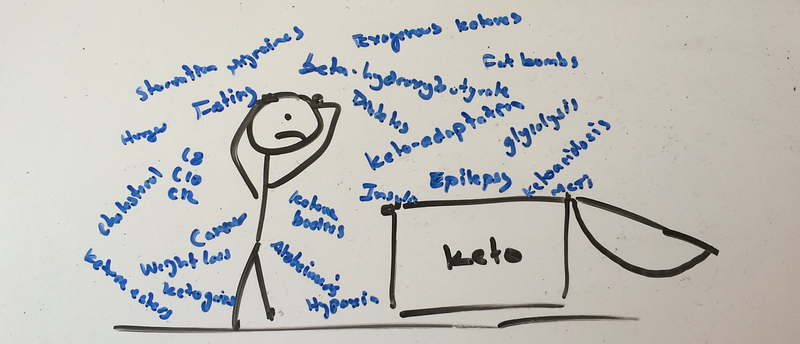
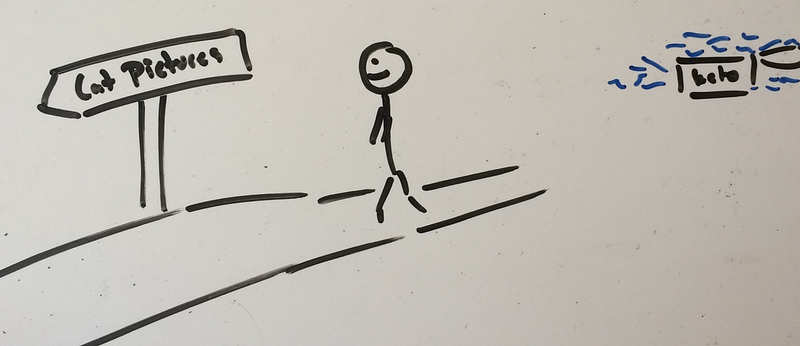
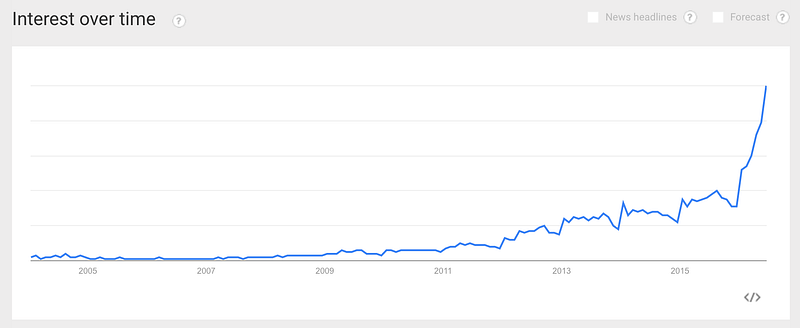
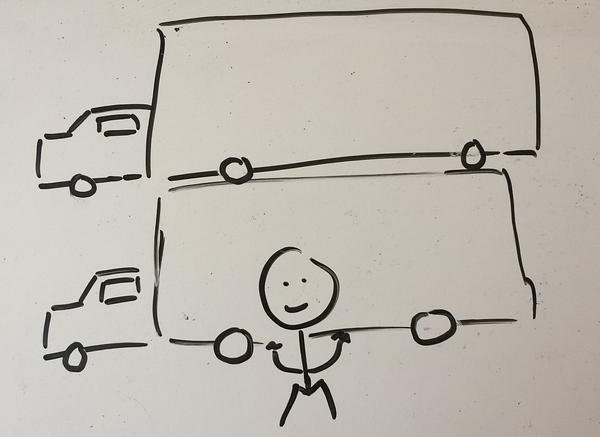
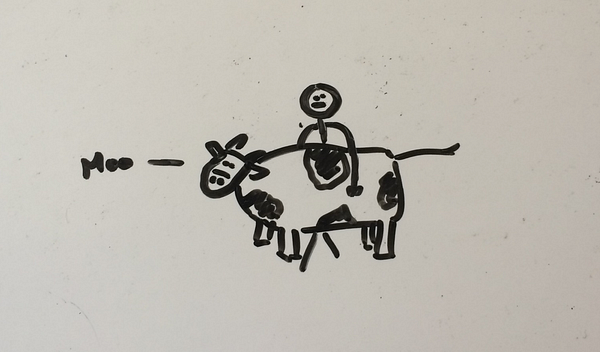



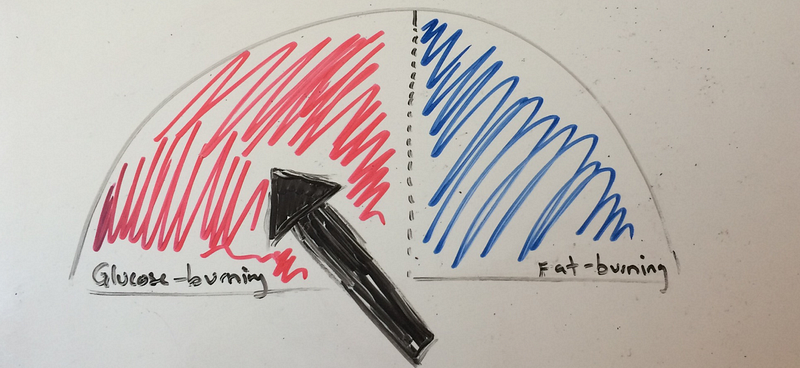
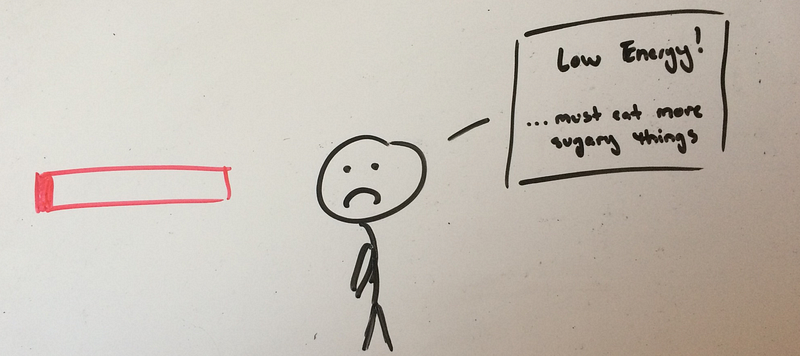
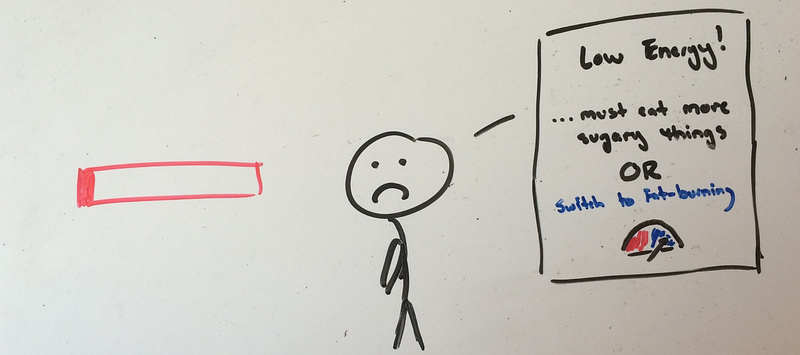
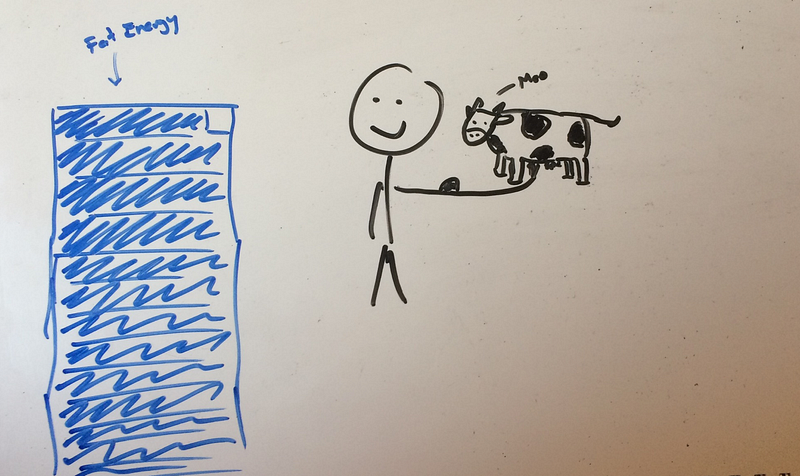
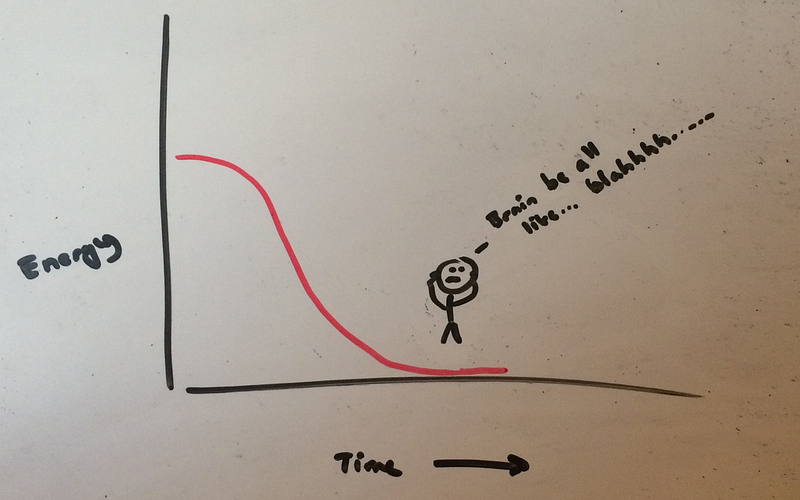
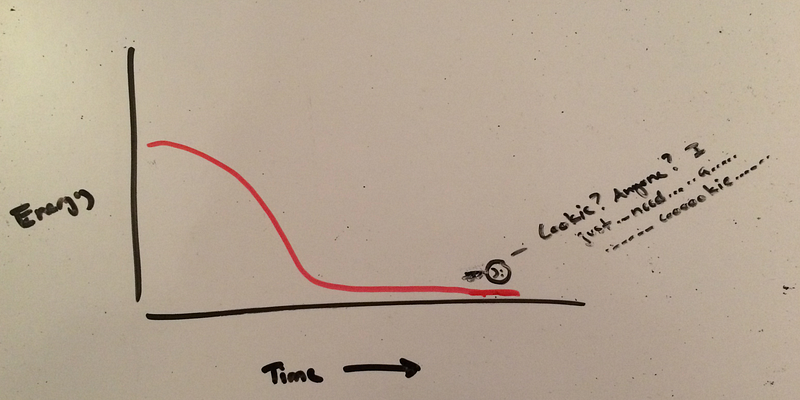
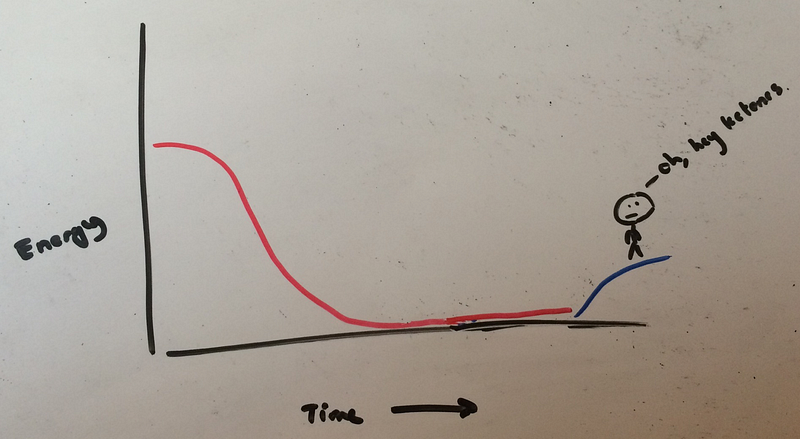
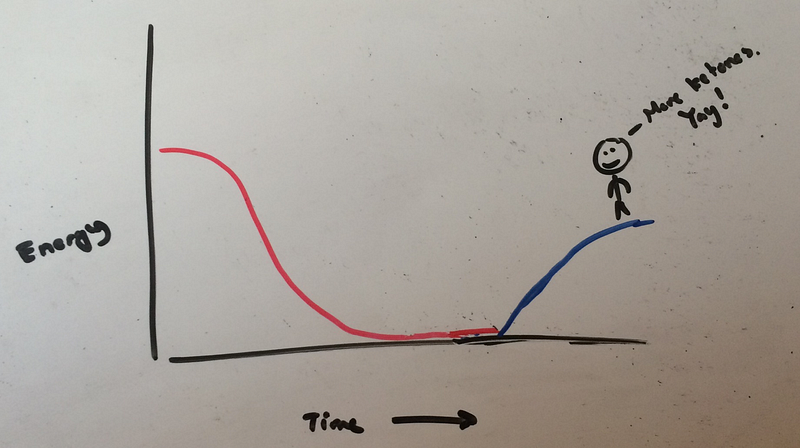
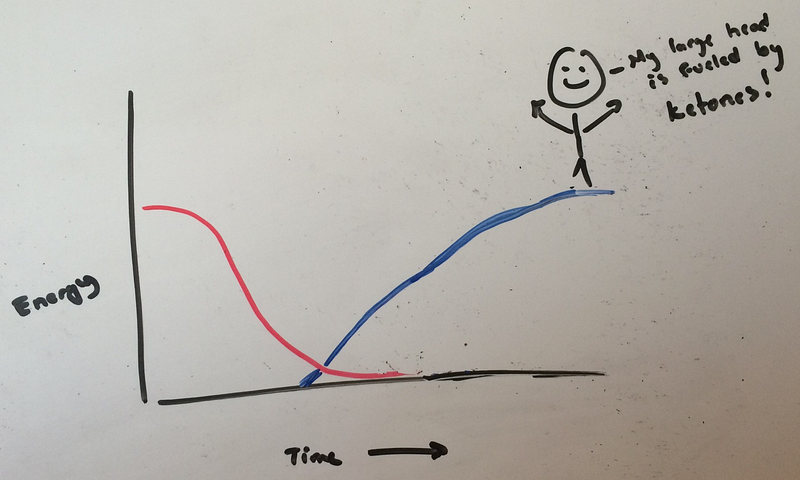
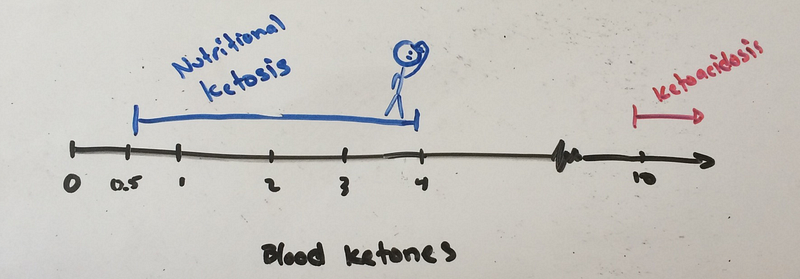






Post a Comment